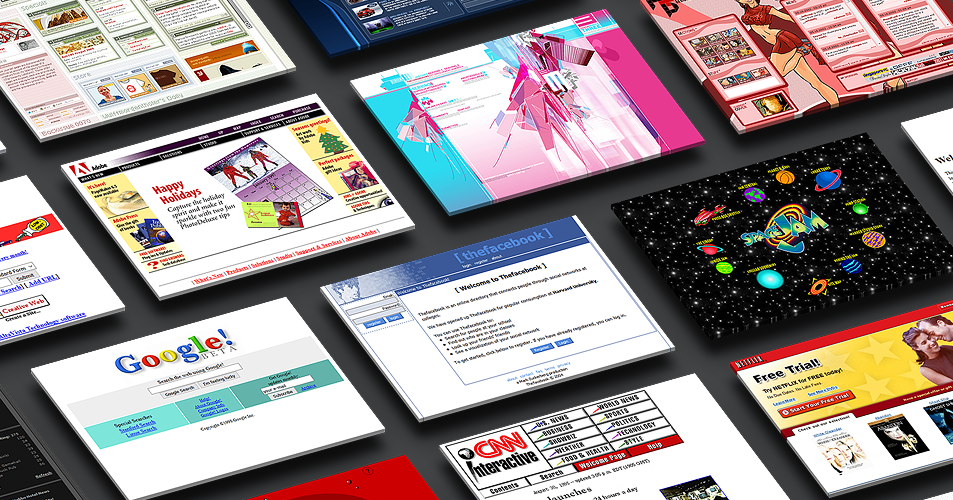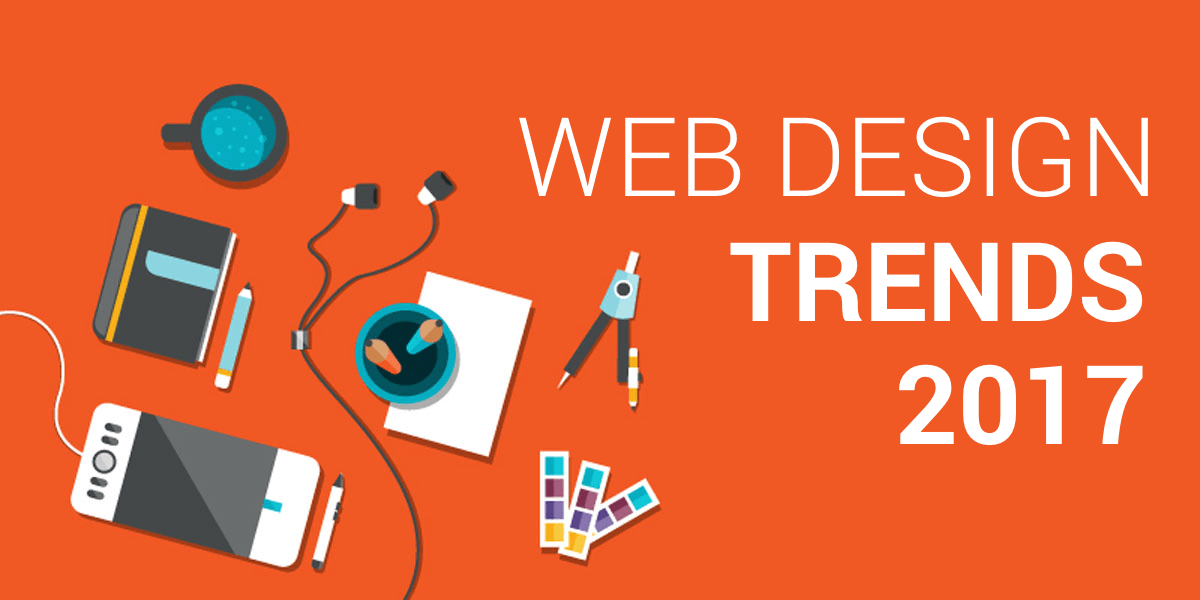How to Boost Individual Experience Via Strategic Website Design
In the realm of electronic advancement, individual experience (UX) has come to be the linchpin of effective website design. A strategic, user-centered approach, stressing visual consistency, user-friendly layouts, and receptive layout, can substantially improve a site's use and charm. As we explore these concepts thoroughly, the significance of incorporating user responses and the function of UX in user retention will certainly likewise be analyzed, welcoming a much deeper understanding of this crucial aspect of internet design.
Recognizing the Value of User Experience in Website Design
The significance of internet design exists not merely in aesthetics, however basically in the individual experience it supplies. User experience, or UX, describes the overall experience an individual has while connecting with a site or internet application, particularly in terms of just how comfortable and satisfying it is to make use of (Web Design In Guildford). It is an important aspect of website design, as it straight affects the users' impressions, actions, and total interaction with the internet site
A well-designed site with an inadequate individual experience belongs to a gorgeous building with an inadequately intended interior; it may look appealing on the surface, however it falls short to offer its intended purpose efficiently. It may prevent customers from remaining on the internet site, leading to high bounce rates, low individual interaction, and eventually, failure to accomplish the site's goals. This highlights the value of incorporating customer experience right into the internet style process right from the beginning.
Applying User-Centered Design Concepts
The application of user-centered style principles starts with comprehending customer behavior. This understanding creates the basis for creating an effective interface layout. These 2 crucial elements, when masterfully integrated, lead to an enhanced user experience on any kind of web site.

Understanding Customer Actions
Why do users behave the method they do on web sites? Customer behavior is dictated by a wide variety of factors, chief amongst them being their specific requirements and preferences, prior on-line experiences, and total web savviness. Using this understanding, internet developers can develop more effective, user-friendly sites that satisfy the requirements of their target market, therefore boosting customer experience.
Efficient User Interface Design

Leveraging Receptive Design for Optimal Watching
Moving forward in the discussion, the focus currently moves to the importance of leveraging receptive layout for optimum viewing. This entails checking out the procedure of applying responsive internet design and recognizing its effect on customer experience. The taking place discussion intends to elucidate the advantages of optimal viewing and exactly how receptive design promotes it.
Implementing Responsive Website Design
Using the power of receptive internet layout is an essential action in the direction of boosting individual experience. These aspects integrated create a receptive web style that changes to the user's needs. While the process may appear complicated, the result is a more accessible and instinctive internet site, dramatically enhancing the user experience.
Advantages of Ideal Viewing

Furthermore, receptive design can cause boosted SEO rankings, as search engines prefer sites that satisfy multiple gadgets. Last but not least, it can reduce bounce prices and enhance conversion prices as customers look at here are less likely to abandon sites that are simple to browse. Therefore, ideal viewing can substantially improve individual experience, making it an essential element of calculated website design.
Incorporating Easy Navigation and Intuitive Layouts
Reduce and intuition in website navigating form the bedrock of customer contentment. If individuals battle to discover what they are looking for, they are likely to desert the website and look for options.
Easy navigating menus, breadcrumb routes, and clickable buttons lead users via the site easily. Consistency in style components across web pages also adds to intuitive navigation. Putting the search bar or the shopping cart icon in the very same spot on every web page allows individuals to find these features swiftly.
Additionally, an instinctive layout is one that prepares for user demands. It positions components and information where individuals anticipate them to be. This reduces the cognitive load on individuals, improving their total experience on the website.
The Function of Visual Layout in Customer Experience
While the structure and layout of a site are considerable for customer experience, the aesthetic layout plays a just as crucial duty. It is the aesthetic layout that initially draws the user's attention, making it an essential element in producing a interesting and immersive experience. Aesthetic layout elements such as color, typography, images, and icons communicate the brand's message, create a mood, and guide users' interactions on the page. A well-executed their explanation visual style can not only draw in customers but also help them comprehend the material far better and navigate the site extra easily. Nevertheless, a messy or inconsistent aesthetic layout can puzzle users and lead to an unfavorable user experience. As a result, internet developers have to purposefully use visual style aspects to produce a harmonious and instinctive individual interface that enhances the total individual experience. This process requires a deep understanding of the target customers, their needs, and choices, in addition to the brand's identification and goals.
Instance Studies: Effective Customer Experience Design at work
Regardless of the theoretical knowledge on individual experience style, it gets actual worth when applied in functional situations. Airbnb, an international on-line industry, effectively improved their user experience by redesigning their website.
In another instance, the New York Times revamped their internet site to prioritize individual experience. They maximized their website for mobile usage, comprehending that an expanding variety of their viewers access news using mobile phones - Web Design In Guildford. They likewise structured their material discussion, making it much easier for visitors to navigate and find appropriate articles. The outcomes were a substantial increase in mobile web traffic and customer interaction, demonstrating the efficiency of calculated website design in boosting customer experience. These case research studies show that sensible application of individual experience layout can generate significant benefits.
Conclusion
Finally, calculated web design is an important tool in boosting individual experience. By applying user-centric design principles, leveraging responsive design, including instinctive navigating and layouts, and harnessing the power of aesthetic layout, companies can create web sites that are pleasing and involving for users. Efficient web style, showcased via various successful case researches, significantly raises individual involvement and retention rates, proving its critical function in electronic success.
As we check out these principles in detail, the value of incorporating customer comments and the role of UX in customer retention will likewise be checked out, inviting a much deeper understanding of this crucial facet of web style.
It may discourage individuals from remaining on the find out this here web site, leading to high bounce prices, low individual interaction, and eventually, failure to accomplish the site's goals. A inconsistent or cluttered aesthetic layout can perplex customers and lead to an unfavorable individual experience. Web designers should purposefully make use of visual style aspects to produce a intuitive and unified user interface that enhances the total customer experience. The outcomes were a significant increase in mobile traffic and user engagement, demonstrating the efficacy of calculated web design in enhancing customer experience.